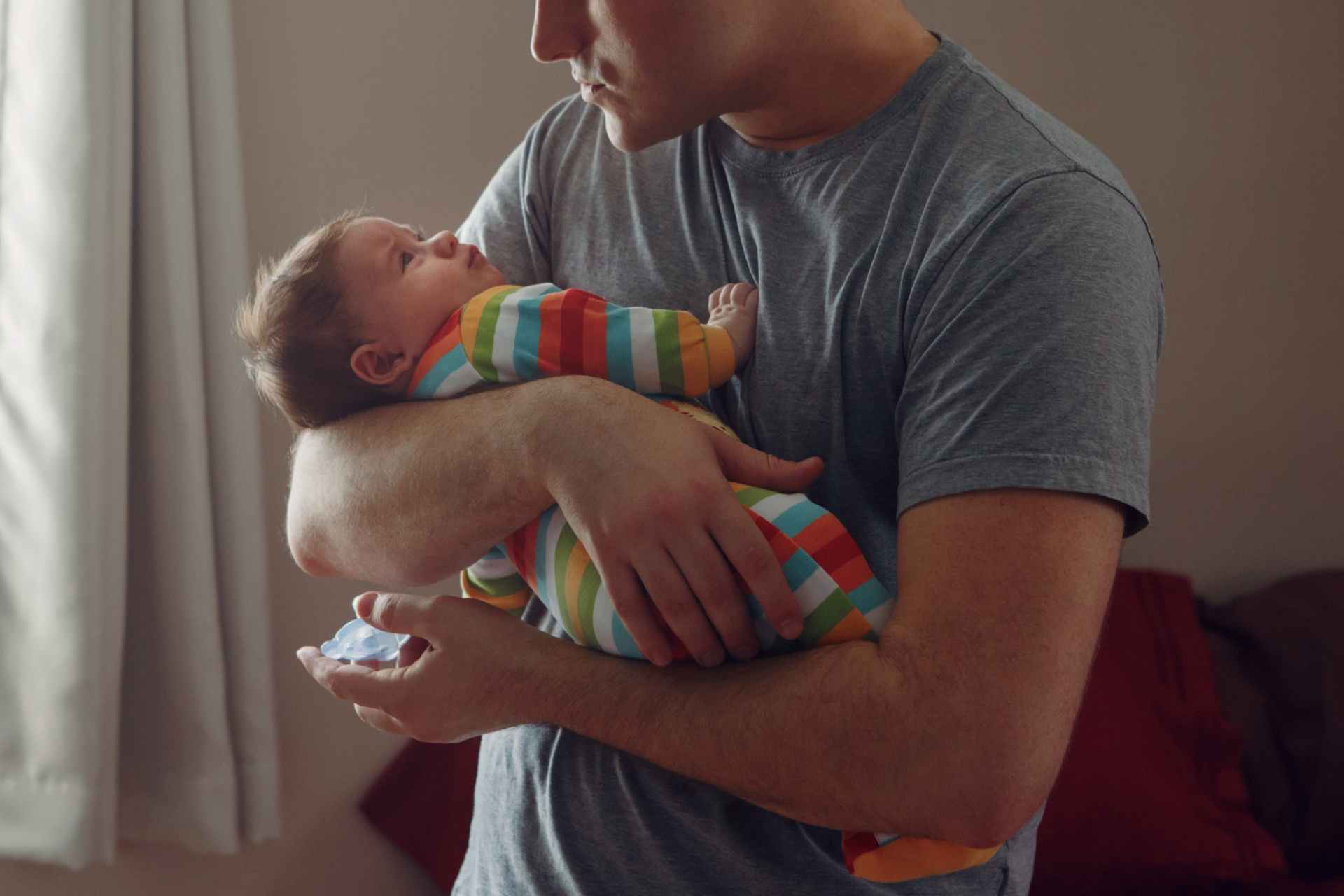What is already known
Several studies have shown that a mother’s gut microbes shape her newborn’s microbiota, with babies born by caesarean section often showing microbiota alterations compared to babies born vaginally. However, whether and how other closely related individuals influence the makeup of an infant’s microbiota remains underexplored.
What this research adds
Researchers analyzed samples from more than 80 infants, including cesarean-born babies, and their parents. Fathers appear to provide microbial strains to infants, regardless of the delivery method, and their contribution equals that of mothers after one year. Transferring gut microbes from mothers to cesarean-born babies increased the average bacterial growth rate and reduced pathogen colonization.
Conclusions
The findings suggest that a father’s gut microbes can influence a newborn’s microbiota, and that maternal fecal microbiota transfer in babies born by caesarean section can help to correct alterations in microbiota composition.
Several studies have shown that a mother’s gut microbes shape her newborn’s microbiota. Now, new research suggests that a father’s bacteria also influence the composition of the microbial communities that colonize a baby’s gut.
The findings, published in Cell Host & Microbe, highlight the need for more research on non-maternal contributions to the microbial seeding of the infant gut. The results also confirm that maternal fecal microbiota transfer in babies born by caesarean section can help to correct alterations in microbiota composition.
“This study provides significant insight into how a newborn is colonized,” says study senior author Willem de Vos at Wageningen University in the Netherlands. “The role of the father may be small, but it is not to be neglected,” he says. “It is likely that the same holds for others who have close contact with the newborn.”
Previous work has shown that half of the strains that colonize an infants’ body can be traced to their mother’s gut, and babies born by caesarean section often show microbiota alterations compared to babies born vaginally. However, whether and how other closely related individuals influence the makeup of an infant’s microbiota remains underexplored.
So, de Vos and his team set out to analyze samples from more than 80 infants, including cesarean-born babies, and their parents.
Microbiota transfer benefits
Over time, the microbiota of newborn babies began to resemble that of adults, with infant age being the strongest factor affecting microbiota composition, followed by the use of antibiotics during delivery and the mode of delivery.
As expected, cesarean-born babies showed microbiota alterations compared to vaginally born infants. However, some of these changes were restored by transferring gut microbes from the infant’s mothers to the babies.
Cesarean delivery was also associated with an increased pathogen colonization of the infant gut, with harmful species such as Clostridium perfringens, Enterococcus faecalis, Klebsiella oxytoca, Klebsiella pneumoniae and Staphylococcus aureus being more prevalent in cesarean-born infants than in vaginally born babies. However, maternal fecal microbiota transfer increased the average bacterial growth rate and reduced pathogen colonization. The beneficial effects of maternal fecal microbiota transfer lasted for up to one year, the researchers found.
Paternal contribution
By comparing the microbiota of babies to those of both their parents, the researchers found that many of the strains found in infants at 3 weeks, 3 months and 12 months could be traced back to their fathers.
“Knowing that the father substantially contributes to a baby’s developing microbiome underlies the important role of physical and social interactions between the newborn and their father, as well as with other family members,” says study co-author Nicola Segata at the University of Trento in Italy.
Further analyses showed that the father’s contributions to the infant microbiota become comparable to those of the mother by one year, regardless of delivery mode. “We are very happy to have found this connection,” Segata says. “This highlights the importance of studying other microbial contributions as well, such as those from siblings and from daycare peers.”









